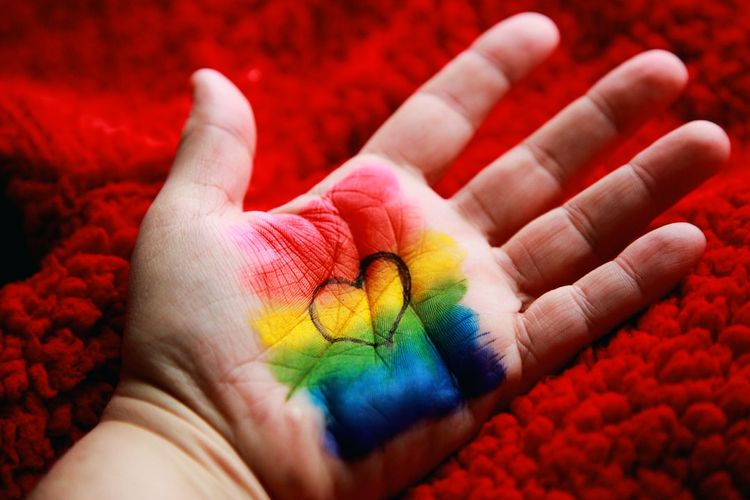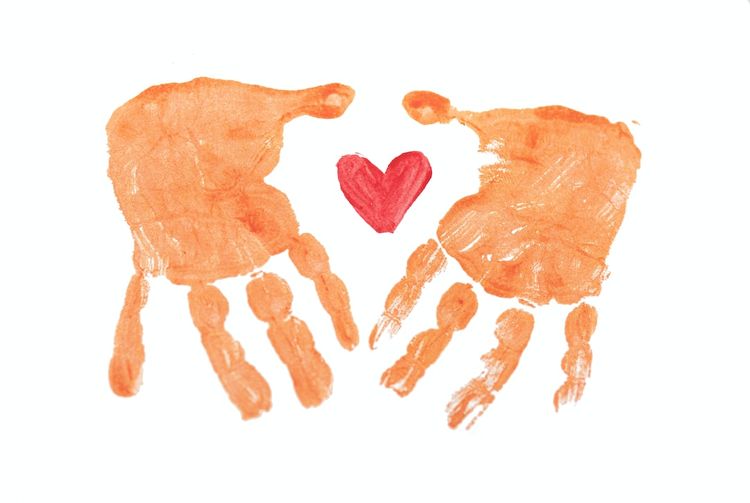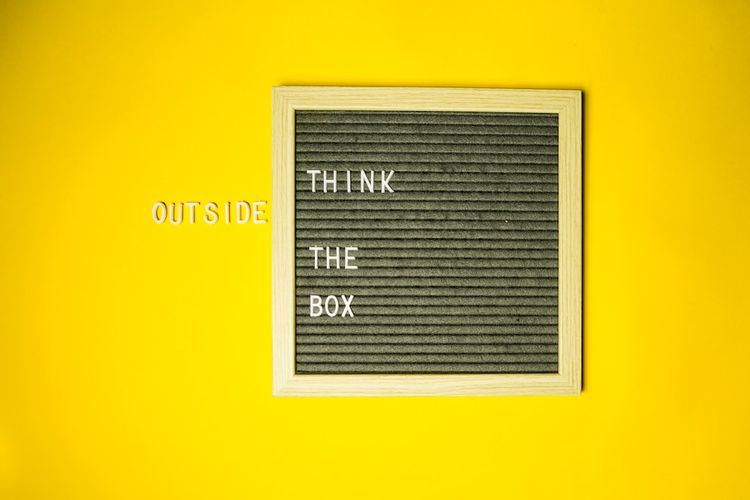Why Must We Defend Our Beliefs with Anger and Even Threaten Physical Violence?

When did it become normal and acceptable to express the desire to harm another person for saying something you don’t agree with?
It seems like this has not always been the case, but observing how people react across social media platforms, begs the question.
Given how social media amplifies voices to a level never before witnessed can only tell us that these voices have always been here. It’s just that they didn’t have an effective megaphone and method of immediate transport.
For example, on the reality TV show, RuPaul‘s Drag Race, many of the queens receive death threats or are told to kill themselves for something they said on the show about another queen.
RuPaul‘s Drag Race is a reality-based competition that challenges its contestants to the edge of their creativity and stress levels. The show just ain’t worth watching if there’s no queen-on-queen drama, grrrlll! Like it or not, we all know that good drama makes for great television. It’s like a train wreck that you can’t stop looking at.
However, does saying something you don’t agree with or like on TV or social media warrant a public declaration or direct message that you wish the person violence or death?
The Under-Appreciated Value of Silence or Walking Away
Silence in this instance is not an admission of ignorance or an unwillingness to deal with an uncomfortable situation.
Walking away is a safety mechanism. Choosing to be silent provides time to calm down the reactive parts of our brain and return to logical thinking. Only when calm can we return to a difficult conversation with integrity and humility.
If I limit this essay to changing our behaviour on social media, this would be the most important advice I can offer: Don’t comment on social media if you are agitated, angry, or enraged.
This practice takes time to master because you have to practice being able to catch yourself before you cross over the threshold into anger. If you’re tired of losing control of your emotional state, you first need to know what triggers you. Your triggers are like the ingredients in a recipe. When they combine in the right way — BOOM! — it's like a pot of rice boiling over on the stove because you weren't paying attention.
- The first step in maintaining emotional control is knowing the ingredients that lead to unwanted emotional reactions.
- The next step is to create "better recipes" based on ingredients and a method to create your most desired way of feeling.
If you want to learn how to create your own emotional recipes to keep calm and in control, check out this video training and actional guide I created.
In the interim, here’s a simple 3-step practice to avoid losing your cool on social media.
As soon as you feel the beginnings of discomfort, annoyance, upset, self-doubt, frustration, or any similar emotion that’s a step or two away from full-on anger, follow these 3 steps:
Step 1: Step away from your computer or device.
- Close your laptop, set your computer to sleep, or turn off your phone.
- Besides actually physically moving away from your device, turning it off in some way signals an aspect of closure to your brain.
- We are trying to alter your brain chemistry, and each of these patterns helps you to create a new and preferable response to anger.
Step 2: Move your body to alter your emotional state.
- Immediately complete 20 or more jumping jacks, jump rope for 100 repetitions, or do 30-50 knee-highs (almost like running in place).
- Just do something that makes you move quickly, distracts you from what you are thinking and feeling, and will cause you to be short of breath.
- A walk will not have as immediate an effect in changing your state.
Step 3: Reflect on why you’re feeling upset.
- If you were really close to crossing the threshold into anger, write down what happened.
- Note the words, situation, or environment that led up to this event. How were you feeling beforehand, e.g., happy, sad, or a bit off?
- These are all clues to help you to own your emotional reactions without blaming the other person.
When you take personal responsibility for your emotions, you can also take the best steps to take responsibility for your consequential actions. This is self-efficacy and personal responsibility for the common good. Blaming others for how you feel or what you did gives them power over you.
When you’re ready to come back to the conversation…
Once you are back in a calm and logical state of mind, if you strive for clarity about what’s important to the other person, you will communicate understanding, which demonstrates the willingness to listen and moderate contention.
This doesn’t guarantee they will respond in kind, but at least you will be demonstrating connection and respect.
And how they respond is up to them. Given the 3-step process you’ve just practiced above, if they say something triggering, you will be fully present, aware, and prepared. You can either respond or choose to no longer participate in an unhealthy and one-sided dialogue.
Thank you for reading Untenable. This post is public so feel free to share it.





Member discussion